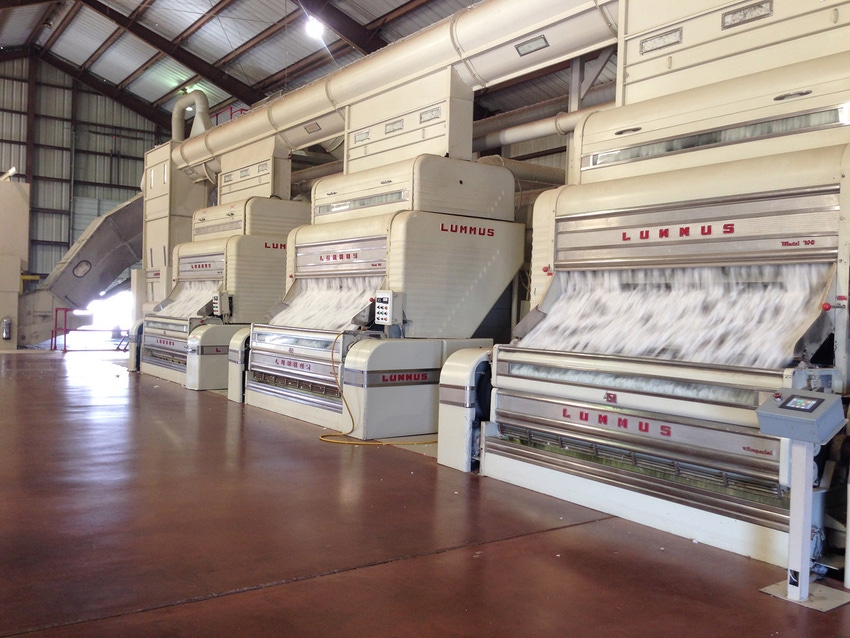September 20, 2018

Energy costs represent 20 percent of the total cost of ginning and vary widely across facilities. Identifying best practices for reducing energy consumption is important to gin owners, managers, and operators.
In “Saving Energy in Cotton Gins,” a new webcast in the “Focus on Cotton” series, Paul A. Funk, agricultural engineer for the USDA–ARS, Southwestern Cotton Ginning Research Laboratory in Mesilla Park, New Mexico, makes energy-saving recommendations based on energy audits and monitoring studies conducted at more than 30 commercial cotton gins across the U.S. Cotton Belt. Key recommendations address pneumatic conveying and fuel consumption:
Pneumatic conveying represents 50 percent of the electrical energy used by a typical gin. Usage can be reduced by sealing leaks in air ducts, minimizing turbulence before and after fans, reducing pressure drops by simplifying flow paths, and using mechanical conveyors where practical.
Fuel consumption represents 6–8.5 percent of the total cost of ginning. Usage can be reduced by insulating the hottest ducts, minimizing the distance between burners and cotton pickup points, and adding automatic controls with temperature sensing in recommended locations.
Funk also points out that environmental stewardship and economic sustainability are both served through improved energy use.
This 9.5-minute presentation is available through the “Focus on Cotton” resource on the Plant Management Network. This resource contains more than 75 webcasts, along with presentations from five conferences, on a broad range of aspects of cotton crop management: agronomic practices, diseases, harvest and ginning, insects, irrigation, nematodes, precision agriculture, soil health and crop fertility, and weeds. These webcasts are available to readers open access (without a subscription).
The “Focus on Cotton” homepage also provides access to “Cotton Cultivated,” a new resource from Cotton Incorporated that helps users quickly find the most current cotton production information available. These and other resources are freely available courtesy of Cotton Incorporated at www.plantmanagementnetwork.org/foco.
Source: The Cotton Board www.cottonboard.org.
You May Also Like




